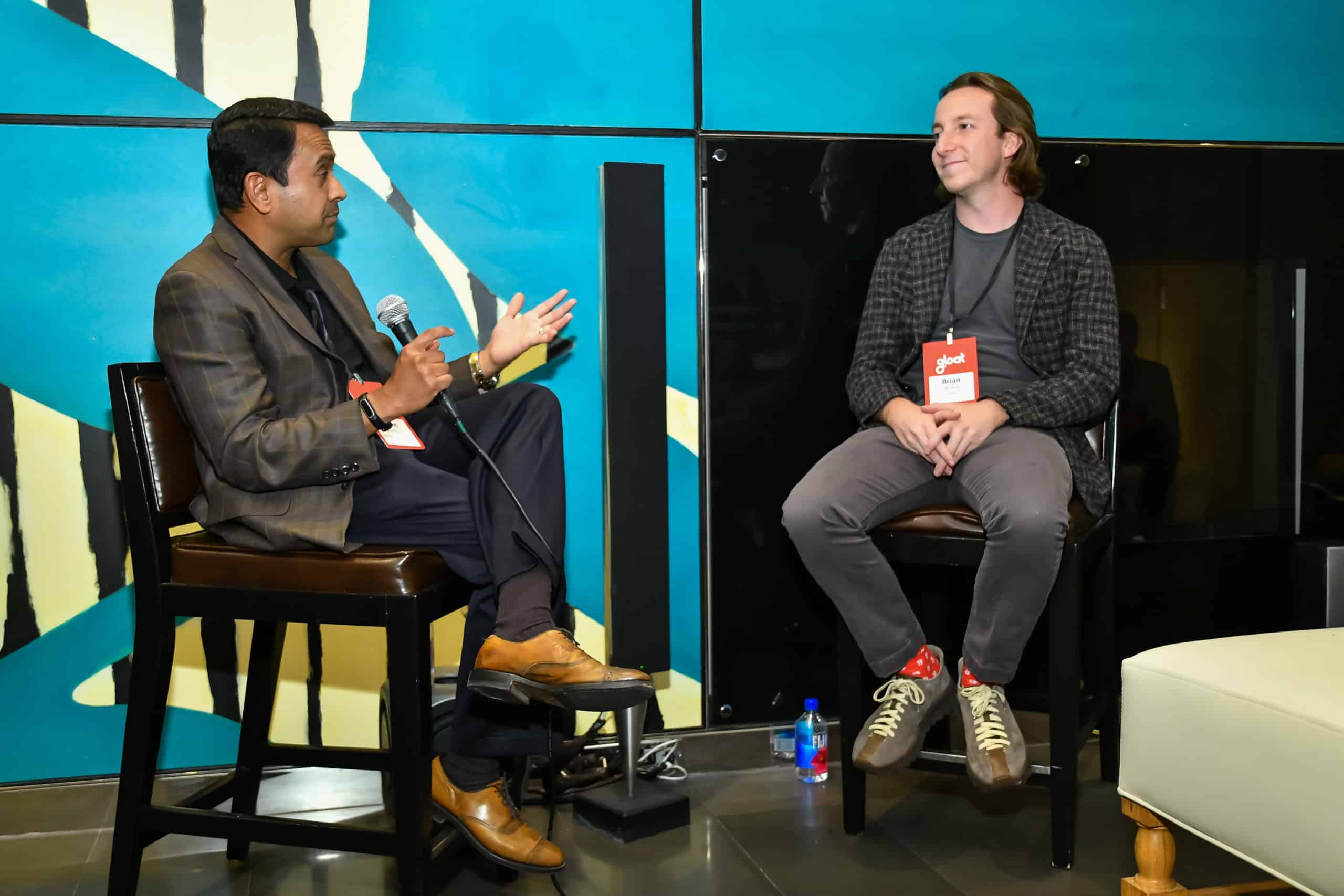How to fuel a successful HR transformation
HR leaders are reaching a critical crossroads. Here’s how to navigate it.

Stability and predictability used to be hallmarks of the working world. But now that disruption is near-constant and agility is the ultimate advantage, business priorities need to change.
Our next chapter requires a complete transformation—and that includes reimagining the HR function. Today, HR leaders are facing a set of challenges unlike anything encountered before. They’re being asked to reimagine every element of the working world, from the purpose of office spaces to the way teams are structured.
Modern HR is a decidedly strategic role that’s almost unrecognizable from the administrative function it once was. As the bar for employers rises and responsibilities mount, HR transformation is no longer an optional consideration—it’s now a business necessity.
What is HR transformation?
HR transformation describes the evolution of the HR function. It’s the process of seamlessly adapting and integrating service delivery, talent and technology into HR strategy to create a greater business value. For HR leaders, it’s about evolving their own role and the HR function to better align people, strategy, processes, and technology with business goals to deliver more impact for every stakeholder.
While HR has always been critical to enterprise operations, it’s only recently that HR leaders begun reimagining core elements of the employee experience: where, when, and how work gets done. Now that talent is the greatest driver of competitive advantage, how you approach HR transformation has the potential to make or break your business outcomes.
4 Reasons why HR transformation must be at the top of your list
If HR transformation isn’t currently on your radar, here are a few reasons why it deserves a spot at the top of your priority list:
#1. A new world of work requires new rules
Leaders must decide whether they will cling to obsolete operating models and outdated technology, or embrace new tools and frameworks to unlock the agility our next chapter requires.
It’s increasingly evident that enterprises must rapidly evolve their strategies to thrive in a new world of challenges. From supply chain issues to unprecedented talent shortages, the disruptions that businesses face today are uncharted territory. HR must empower their organizations to navigate these changes—and to do that, businesses need to embrace new ways of working.
#2. The shift to skills-based talent management is crucial
Shifting to a skills-based talent management strategy is a core component of successful HR transformation. When organizations’ talent management strategies are rooted in skills, leaders can efficiently access the capabilities they need to get key projects across the finish line and empower employees to achieve their full potential.
A new set of technology-enabled solutions will facilitate the transition to skills-based strategies. Most notably, talent marketplaces are a crucial innovation, as the platform matches employees to relevant projects, gigs, mentorships, and full-time roles based on the skills they have and the expertise they wish to acquire.
#3. HR must be recognized as a strategic partner
HR leaders can no longer be seen solely as workforce developers and master administrators. Today’s CHROs are critical in shaping the future of the business by building new blueprints for successful talent management.
Stakeholders across the organization must recognize the function’s value and work in tandem with HR leaders to achieve strategic priorities.
#4. Upgrade employee experience
Employees expect more from their organizations than ever before. Rather than being viewed as cogs in a machine, your people are searching for meaningful careers that dynamically engage their interests beyond their job title. They’re looking for purpose and relevance, and they’re eager to work for an organization with values that align with their own beliefs.
It’s up to HR leaders to ensure these expectations are met. That includes not only creating work arrangements that are more flexible, but also moving the needle on diversity, equity, and inclusion (DEI) and giving employees a sense of agency. These asks can only be achieved through an HR transformation strategy that empowers leaders to retire obsolete rules and embrace new ways of thinking.
How to take HR transformation to the next level with a talent marketplace
Technology will be a core component of every HR transformation. The right digital solutions can bring your vision for a new way of working to life and even help your organization keep the fallout from the Great Resignation from impacting your operations.
When it comes to HR transformation, talent marketplaces are one of the most high-impact technologies that leaders can take advantage of. The two-sided platforms dynamically align employees to relevant gigs, projects, full-time roles, and mentoring opportunities to maximize internal mobility and empower all team members to achieve their full potential.
Talent marketplaces are also a game-changer for shifting to a skills-based strategy. Just like ridesharing apps pair passengers with drivers and Airbnb aligns travelers with destinations, talent marketplaces match people to relevant career opportunities based on the skills they have and the knowledge they want to build.
By harnessing the power of AI to understand experiences, jobs, and projects, talent marketplaces break down work into core skill requirements. They can then pinpoint employees with relevant competencies, creating the near-match pairings that businesses need to dynamically conquer emerging challenges.
CHROs are responsible for designing new ways of working, and HR transformation deserves to be a top priority. How is your organization going to meet it?





